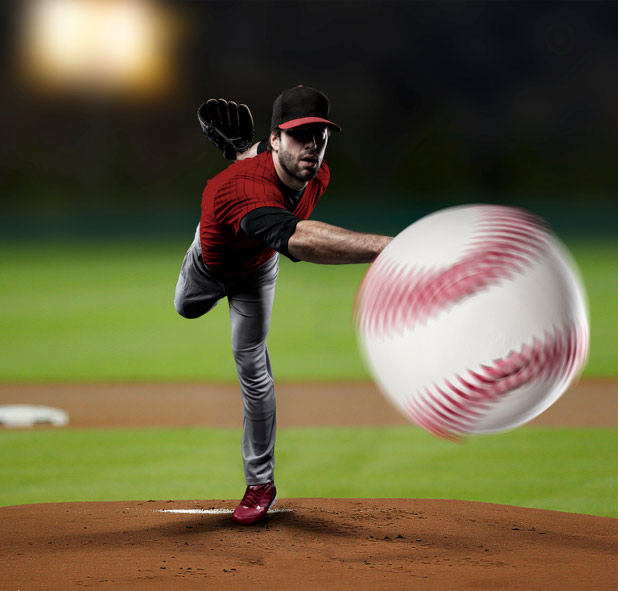By Linda Conlin, Pro to Pro Managing Editor

Fall is a big season for sports, especially the World Series. It’s also a time when a long-time grievance of mine gets tweaked. We hear a great deal of the terms eye-hand coordination and hand-eye coordination being used interchangeably by commentators, journalists, and fans. I strongly disagree that the terms are interchangeable and believe that hand-eye coordination doesn’t even exist. It seems to me that hand-eye coordination would be akin to accidentally poking oneself in the eye.
To explain the difference between the two terms, consider the process. The eyes fixate on a target before the hands are used to engage in a movement, indicating that the eyes provide spatial information for the hands. While a 100-mph fastball travels faster than the eye’s ability to track it, the retina can signal the brain to anticipate the future, or predictive motion encoding. That can happen only after the eye sees the ball.
Here's how it works. Cellular circuits in the retina are composed of photoreceptor cones; an intermediate layer of cells, called bipolar cells, and ganglion cells that collect signals from bipolar cells and transmit these signals to the brain. A single ganglion cell extracts motion information from these signals and relays that information to brain regions that process motion. As a moving object passes over the visual field, the information about that movement flows through the network of bipolar cells. The ganglion cell then collects the incoming information from the bipolar cells and encodes it in signals that provide the brain with information about the motion of the object. With information from many thousands of these ganglion cells about the path of the object, the brain can quickly predict its trajectory.
The cerebral cortex processes visuospatial information and controls the complex signal generation required for multi-joint muscular contractions during accurate reaching and grasping, as well as the network of visuomotor areas for controlling saccades. Saccades are rapid eye movements responsible for fixation by shifting gaze from one part of the visual scene to another, bringing an object into focus on the fovea. The cerebellum supports motor control, coordination, motor learning, temporal prediction and timing. With information from saccadic eye movements, the cerebellum predicts and plans motor control in dynamic environments. Timely and skillful movements, such as required in sports, depend on high-quality visual information about the target object and the environment.
It seems obvious, then, that the process is eye, brain, movement, or eye-hand coordination, rather than the other way around. The eye provides, the brain decides.












